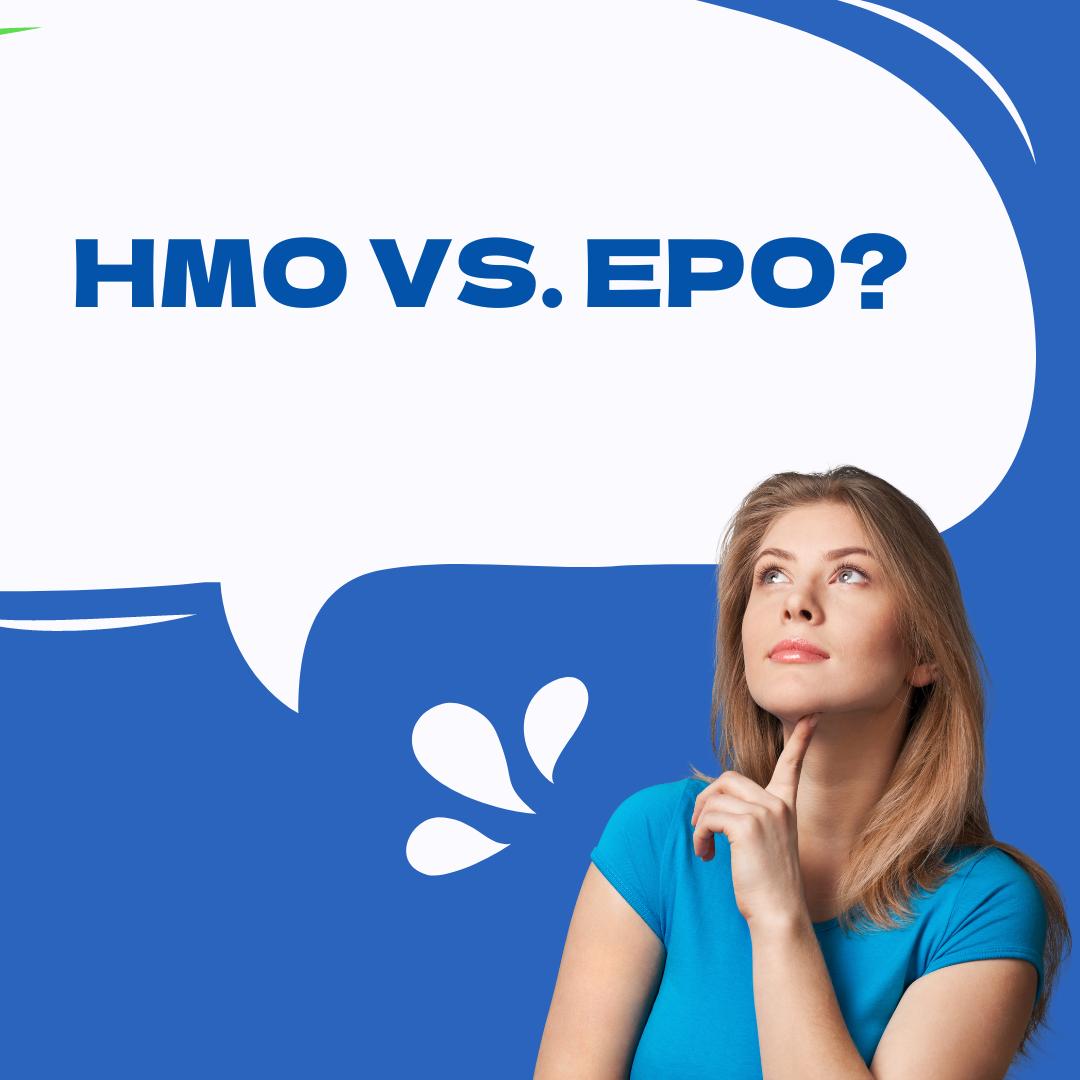When you are shopping for health insurance in Texas, you have options. The coverage you choose will depend on your personal circumstances and whether you obtain your insurance through an employer or the Affordable Care Act and the Marketplace. Both options have their coverage limitations and availability. We intend to answer a few questions on the differences between a couple of the popular network types, so you can make an informed decision when shopping for your personal or family’s health insurance plan.
What are the Network Types?
There are four basic network types within health insurance in Austin. They are HMO, EPO, PPO, and POS. We will go into each in more detail in each section below. For now, just know that each has a different level of patient freedom with doctor and facility choice. They each also require a different level of out-of-pocket cost to the patient as well as availability in conjunction with the Affordability Care Act.
Let’s begin with each network type individually. We will start with the two most common.
What Type of Coverage Does an HMO Provide?
Health Maintenance Organizations (HMOs) tend to be the most popular network type because they are often the most affordable. However, they do have certain limits on coverage. You offer subscribers:
- Lower premiums – This is great if you are budget minded. By living with some restrictions, you can have a more affordable health insurance plan.
- Large network of doctors – However, you are limited to your network of doctors, which is location-based. You will not have coverage if you want to see a doctor beyond your area.
- Co-payments instead of upfront payment – This will allow you to see your doctor and pay a small fee for exams, treatment, and diagnosis rather than the total cost for services.
- No doctor visit restrictions – You are not limited to a certain number of doctor visits per year and then cut off or have to pay additional fees.
Some of the downsides to an HMO are:
- You must use an in-network doctor – If you use a doctor not part of the health insurance provider network, you will not have coverage.
- Referrals are required for advanced care – You must first see your PCP and obtain a referral to see a specialist.
- If your Primary Care Provider (PCP) leaves the network, you will need to change doctors.
You can find HMOs through the Affordable Care Act Marketplace, an employer’s benefits package, and private insurance. The price for health insurance in Texas will often vary because of shared costs and other factors like location and tobacco usage.
What Type of Coverage Does an EPO Provide?
An Exclusive Provider Organization (EPO) may sound like it would be more restrictive than an HMO, but it is actually more relaxed in its regulations. You have access to care in that you are not required to obtain a referral to see a specialist for advanced care. EPOs also provide the following:
- You do not have to designate a PCP – You have the freedom to select a Primary Care Physician and change as you please.
- You do not have to have pre-authorization to see a specialist – This is one of the bit attractions of the EPO over an HMO. You can go directly to a specialist and bypass the PCP for tests or diagnosis.
Here are the downsides to an EPO. You will see it is similar to an HMO:
- Procedure pre-authorization – While you don’t need approval to see a specialist, you are required to have pre-authorization for procedures. If you fail to do so, you may get stuck paying the bill out of pocket.
- Out of Network fees – You must remain within your network or face a visit or procedure not being covered
- Higher costs – Monthly premiums are higher than an HMO due to the freedom it gives.
Like HMOs, tobacco usage will determine the cost of insurance in Austin. Your insurance rate can also be affected by your home address.
Do I Qualify for a PPO or POS Plan Through the Marketplace?
This is where it can get tricky. PPOs (Preferred Provider Organizations) and POS (Point of Service) may be available through the Marketplace, but they are not commonly found. It would depend on where you live in the country. In addition, while these plans give you the most freedom with seeing doctors outside your network, they are the most expensive of all health insurance plans, to the point of being unaffordable. You will primarily find PPOs and POS plans attached to an employer’s benefits package, and with the shared cost, these plans become affordable.
Can I Save Money by Switching Plans?
When you have health insurance, and you are looking to switch to another provider, there are considerations you must take into account.
- Your current health plan – HMOs have a lower copay but higher deductible; EPOs are the middle price tier. Consider how often you visit the doctor, especially a specialist, when choosing your health plan.
- Where you live – Location within the US matters. If you move, your insurance company can change your monthly premium.
- Smoker or not – Remember, tobacco use will be a big determiner of health insurance premiums.
- Your doctor choice – EPOs have greater flexibility for doctors should a specialist be out-of-network.
- Your income – If you make below 400% of the federal poverty level, you may be able to receive subsidies that can reduce the cost of your insurance.
Under the Affordable Care Act, your health condition cannot be held against you when applying for health insurance in Texas. This means you can switch even if you are pregnant or have been diagnosed with a serious health condition.
Final Thoughts
Finding the right health insurance in Austin doesn’t have to be confusing. Most insurance policies are the same. The primary differences lie in their networks. The same can be said of the difference between an HMO and an EPO. This is where Cover Mile can assist you. We are here to help you find the best health insurance plan for Texas residents that will fit your budget and meet the Affordability Care Act requirements, as well as your personal and family needs.




